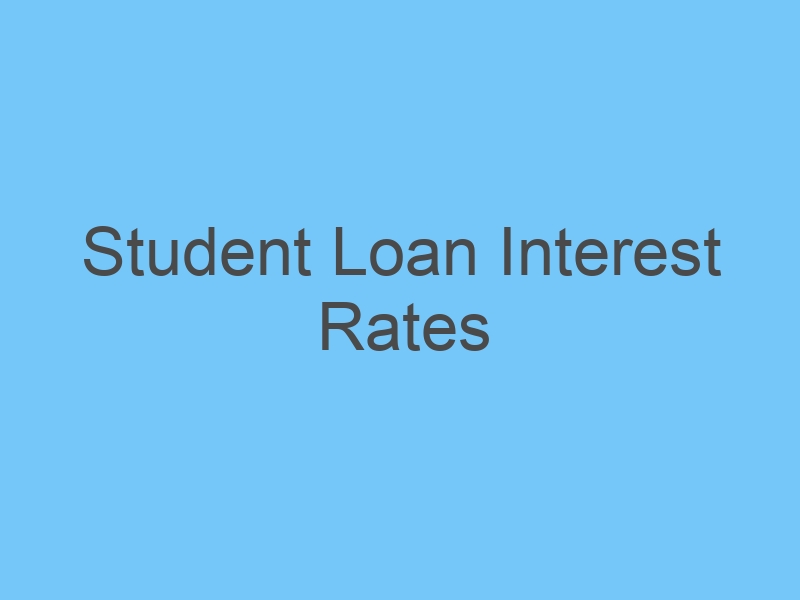
The 10 Best GoDaddy Alternatives
If you’re looking for alternatives to GoDaddy for domain registration, web hosting, and other related services, there are several reputable options available. Here are 10 alternatives to consider:
- Bluehost: A popular web hosting provider known for its reliable service, excellent customer support, and user-friendly interface. It offers a range of hosting plans and domain registration services.
- HostGator: Offers a variety of hosting plans, including shared, VPS, and dedicated hosting. It’s known for its affordable pricing and reliable performance.
- SiteGround: Known for its exceptional customer support and high-performance hosting. SiteGround offers various hosting options and features tailored to different needs.
- Namecheap: Offers domain registration, web hosting, and other online services. It’s known for its competitive domain prices and user-friendly interface.
- DreamHost: Provides hosting solutions for websites of all sizes, along with domain registration and a focus on security and performance.
- A2 Hosting: Offers high-speed hosting with various plans, including shared, VPS, and dedicated hosting. It’s known for its speed optimization and developer-friendly features.
- InMotion Hosting: Offers reliable hosting with a variety of plans and features, including shared hosting, VPS, and dedicated servers.
- Hostinger: Provides affordable hosting plans with a focus on speed and performance. It offers shared hosting, VPS, and cloud hosting options.
- GreenGeeks: Known for its eco-friendly hosting services, GreenGeeks offers shared, VPS, and reseller hosting with a commitment to sustainability.
- IONOS by 1&1: Offers a range of hosting and domain services, including shared hosting, VPS, and cloud hosting. It’s known for its straightforward pricing and solid performance.
When choosing an alternative to GoDaddy, consider factors such as pricing, features, performance, customer support, and the specific services you need for your website. Each of these providers has its own strengths and may be a better fit depending on your requirements and preferences.

Dr Clara Lee is specializes in aesthetic/cosmetic plastic surgery of the face, nose, breast and body, and is considered one of the best facial plastic surgeons in the world. MD, FACS, is highly qualified and experienced in the field of plastic surgery and aesthetic care and has performed over 10,000 surgical procedures.
About
Dr. Clara Lee couples his outstanding professional credentials and ethics with a personalized approach to patient care and a keen eye for aesthetic beauty.
Specialties: plastic surgeon, plastic surgery
by Clara Lee
Reviewed by Clara Lee
approved by Dr Clara Lee








